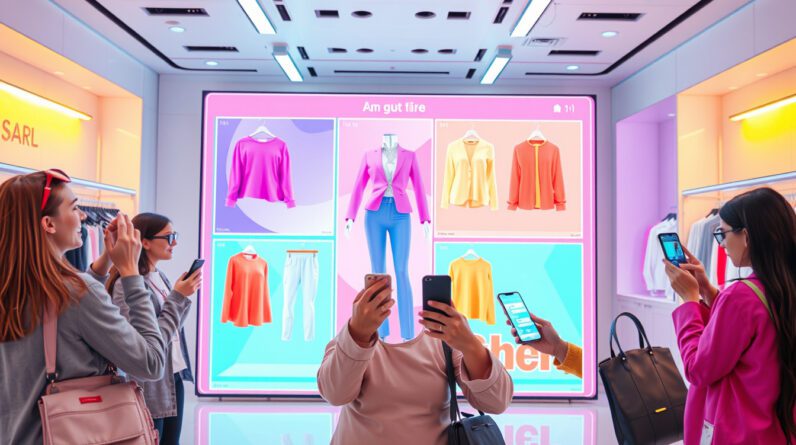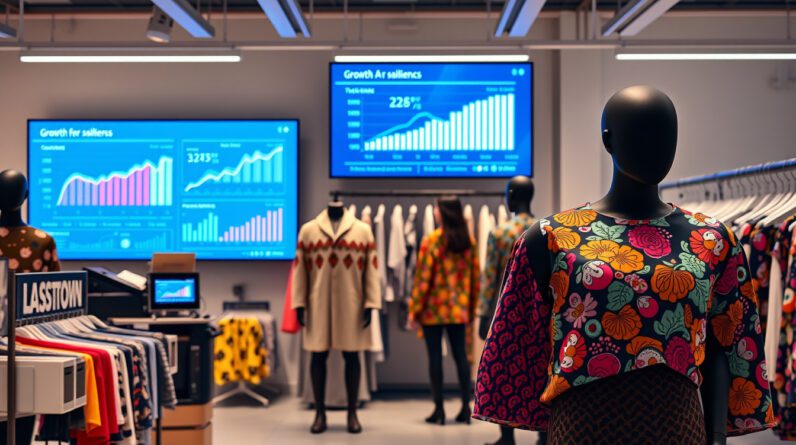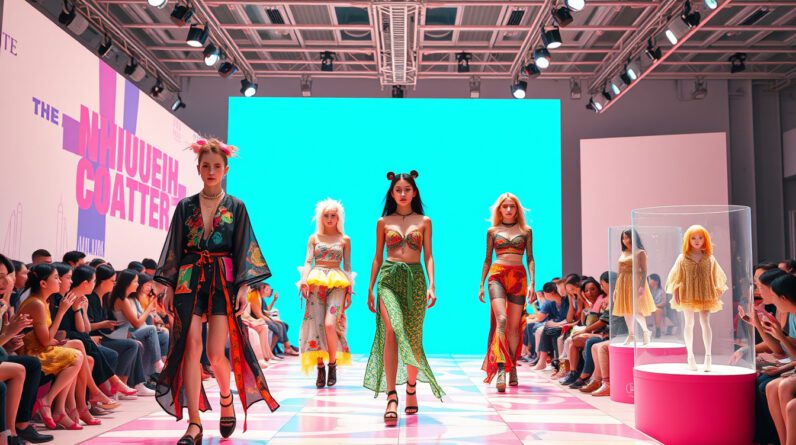
Introduction to AI Fashion Models
The fashion industry is no stranger to innovation. From the invention of the sewing machine to the rise of e-commerce, fashion has always adapted to technological advancements. Today, a new wave of technology is poised to transform the industry once again: artificial intelligence (AI). Specifically, AI fashion models are emerging as a powerful force, challenging traditional norms and opening doors to new possibilities.
What are AI Fashion Models?
AI fashion models are not human beings but rather digital creations powered by complex algorithms. These algorithms are trained on massive datasets of images, learning to generate realistic and diverse representations of human models. These AI-generated models can be customized across a spectrum of features including:
- Ethnicity
- Body type
- Age
- Poses
- Hairstyles
- Clothing
- Accessories
This level of customization allows brands to showcase their products in a highly targeted and engaging way.
The Benefits of Using AI Fashion Models
The adoption of AI fashion models brings a range of benefits to the fashion industry:
1. Cost-Effectiveness
Traditional photoshoots involve numerous expenses, including model fees, photographer fees, location rentals, styling, and post-production. AI fashion models drastically reduce these costs. Once the initial AI development is complete, generating new images becomes significantly more affordable.
2. Efficiency and Speed
AI fashion models streamline the creative process. Brands can instantly generate images with various model appearances, outfits, and settings without waiting for scheduling and photoshoots. This accelerates time-to-market, allowing for agile responses to trends and customer demands.
3. Diversity and Inclusion
AI fashion models have the potential to promote diversity and inclusivity in fashion imagery. They can be programmed to represent a wider range of ethnicities, body types, and ages, breaking away from conventional beauty standards and catering to a more diverse customer base.
4. Sustainability
By reducing the need for physical photoshoots, AI models contribute to a more sustainable fashion industry. Fewer photoshoots translate to less travel, reduced waste from sets and samples, and a lower carbon footprint overall.
5. Personalization
AI opens doors for personalized fashion experiences. Imagine shoppers being able to see clothes on virtual models that resemble their own body types and ethnicities. This level of personalization can enhance customer satisfaction and drive sales conversions.
Leading Platforms for AI Fashion Models
A growing number of platforms are emerging to cater to the rising demand for AI fashion models. Here’s a closer look at some of the leading players:
1. [Platform Name 1]
[Provide a description of the platform’s features, strengths, pricing, and target audience.]
2. [Platform Name 2]
[Provide a description of the platform’s features, strengths, pricing, and target audience.]
3. [Platform Name 3]
[Provide a description of the platform’s features, strengths, pricing, and target audience.]
The Future of AI in Fashion
The integration of AI in the fashion industry is still in its early stages, but the potential is immense. As AI technology continues to advance, we can expect even more sophisticated and realistic AI fashion models. Beyond static images, we may see AI-powered models in virtual fashion shows, augmented reality experiences, and personalized shopping apps.
Ethical Considerations
The rise of AI fashion models also brings forth important ethical considerations.
- Job displacement: There are concerns that AI models might replace human models, potentially impacting livelihoods in the industry.
- Representation and bias: It’s crucial to ensure that AI models are developed and used in a way that promotes diversity and avoids perpetuating harmful stereotypes.
- Transparency and disclosure: Brands using AI models should be transparent with their audiences to maintain trust and authenticity.
Addressing these ethical considerations proactively will be vital to harnessing the full potential of AI in fashion responsibly and inclusively.
Conclusion
AI fashion models are revolutionizing the fashion landscape, offering a compelling blend of creativity, efficiency, and inclusivity. While there are ethical considerations to address, the potential benefits are undeniable. As AI technology evolves and matures, we can anticipate even more transformative applications that will reshape how we design, experience, and consume fashion.





